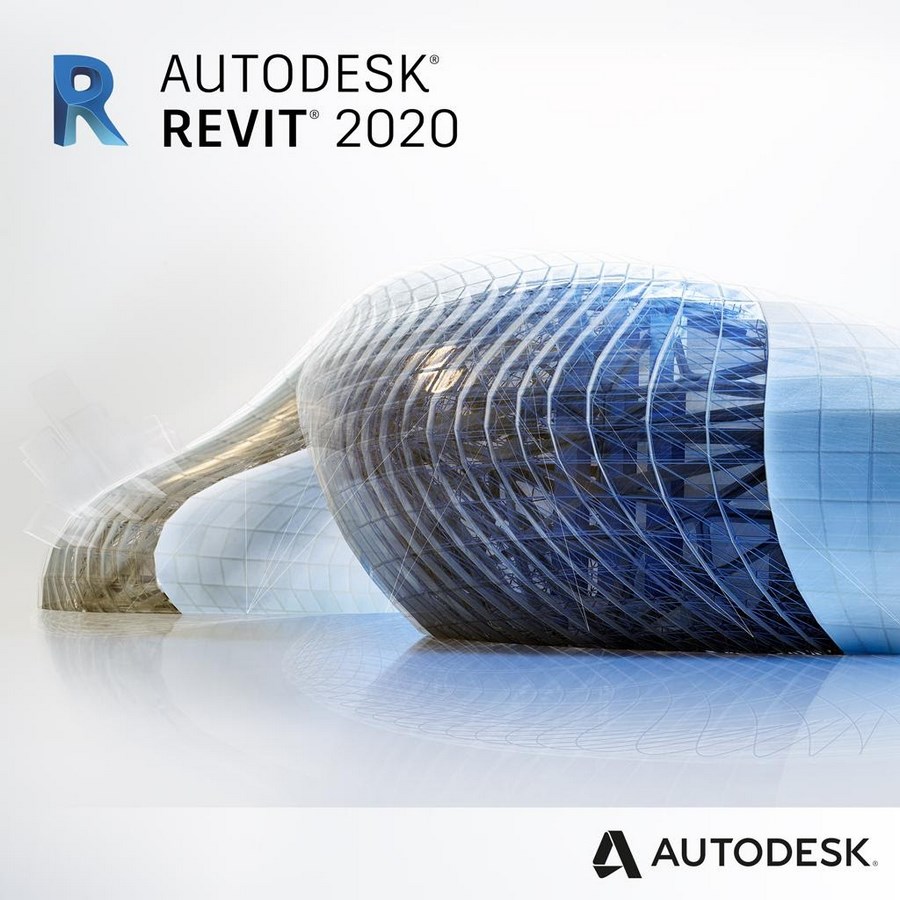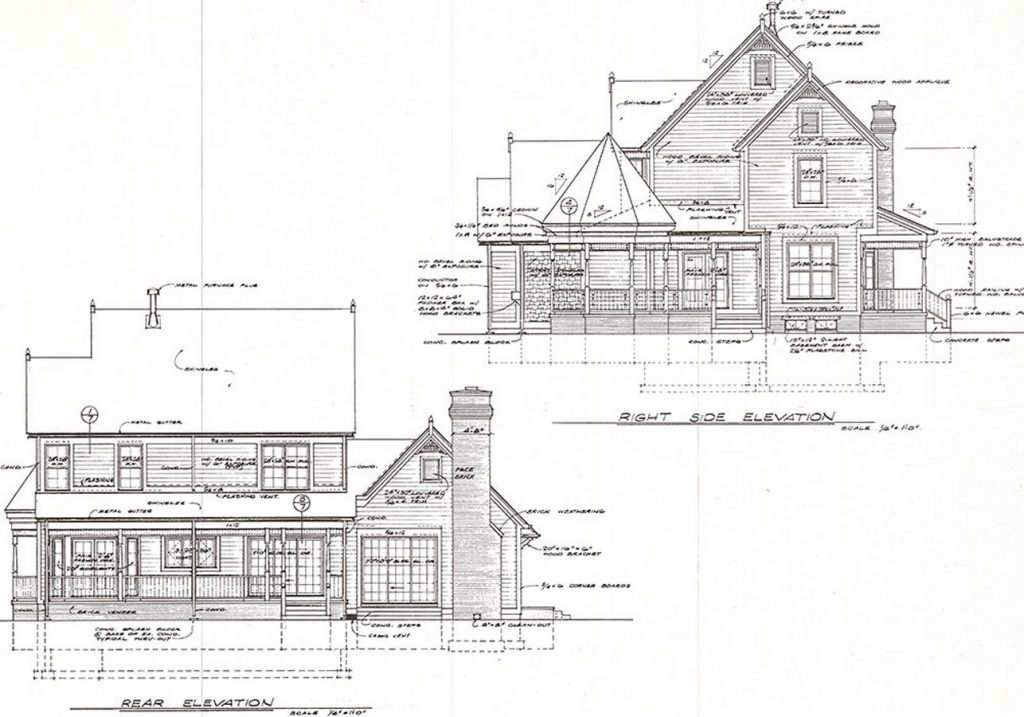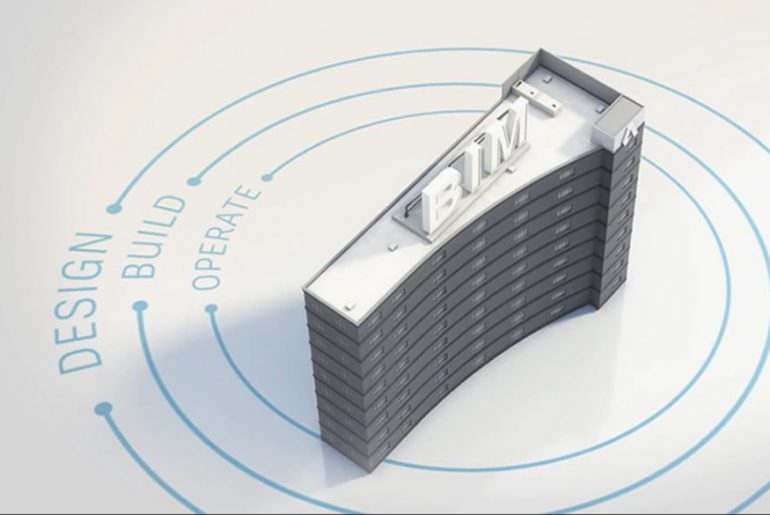Building Information Modeling or popularly known as BIM, is a process which provides various information regarding a building and also aides in its process of planning, designing, construction and management. BIM is comparatively a newer technology and is the pinnacle of architectural technologies. Gradually, every firm is adopting the BIM process as it refines the planning and designing process and also helps in providing the client with optimum results. Like every other emerging technology, there are a lot of competitive BIM software out there and it is a difficult decision to choose one. As an architecture student or working professional, it’s important to learn the nuances of BIM and its slowly getting included in most curriculums in universities worldwide. To aide in clearing the confusions, myths and doubts in the minds of many, here are some facts about BIM
1. ArchiCAD is the first recognized BIM software: Contrary to popular belief which states that Autodesk is the first innovator of BIM, it was actually Graphisoft which first introduced its application, ArchiCAD in 1987 which served as the first software to be able to create 2D and 3D geometry on a personal computer

2. Autodesk introduced and popularized the term: The first generation of BIM software were called ‘Virtual Building’ applications until 2002 when Autodesk released an article entitled “Building Information Modeling” and other software vendors started asserting their involvement in the field, the term was standardized

3. There are 4 levels of BIM: There are 4 Levels of BIM, namely Level 0,1,2 & 3. The level 0 deals with lines and texts and as we progress further, level 1 comprises of 3D model and objects, a further up level includes collaboration data with level 3 on the top involving interoperable data.

4. It’s not just 3D: A common myth surrounding BIM states that it’s just a 3D model, while it’s partly true BIM involves more than 3D data and includes other variables like estimation, schedule of work and sustainability and life cycle of the project depending on the level involved.

5. The levels are divided into further subdivisions: BIM maturity level are divided into 4 levels which in turn are divided into further more levels, with level 0 comprising of CAD, level 1 comprising of 2D and 3D, level 2 breaks down into 4D and 5D and finally level 3 with 6D.

6. It’s not just a type of software: BIM is an entire process and not just one software, it involves an entire process of planning, designing, generating and managing digital representations of the final product depending on the levels you have implemented in your work cycle.
7. It’s a collaboration tool: The success of BIM lies in the collaboration model of the process, as one progresses further higher the levels, the level of collaboration increases which is directly proportional to the increase in work efficiency.

8. It’s not just for architects: Another common myth is that BIM is strictly for architects, which is not true as it can be used from contractors to MEP engineers to cost estimators and project managers.

9. It’s not used just for designing: A pre conceived notion that BIM aids in the designing process before construction of any structure. However, post construction, it can be used for facility management, maintenance of the building and overall building operations.
10. It allows correction in real time: With BIM, all the stakeholders of a project can collaborate and work together on a single model and implement changes and corrections in real time.

11. It creates efficient designs: BIM helps in visualizing the building and create more efficient designs and helps in coordination across various disciplines, documentation, scheduling etc.

12. It helps in designing the future: When one looks at the designs of Dame Zaha Hadid and similar maestros, they are stunned with the fluidic nature of the structures and complexity involved in its construction which is actually possible because of integration of BIM.
13. BIM isn’t limited to just new buildings: Along with design of new buildings, it can also be used for renovation and refurbishments of older structures via laser surveys and plotting and with 3D modeling and cost estimation aiding the project process.
14. It improves design: Visualization of the finished product produces more effective and elegant designs while enabling coordination across disciples through design and contract document production, and with involvement of cost estimators and contractors project estimations and material/ labor proposals are quickly prepared which ultimately shortens the design phase and improves design.

15. It allows clients to understand their projects: dimensionally accurate BIM provides a sense of scale and allows clients to experience the building and sense of the spaces and reduces misunderstandings between the clients and architects during the design process. It also helps in prediction of power consumption, light use and similar factors which also is appreciated by clients.
Reference: Images Source: https://www.pinterest.com/











